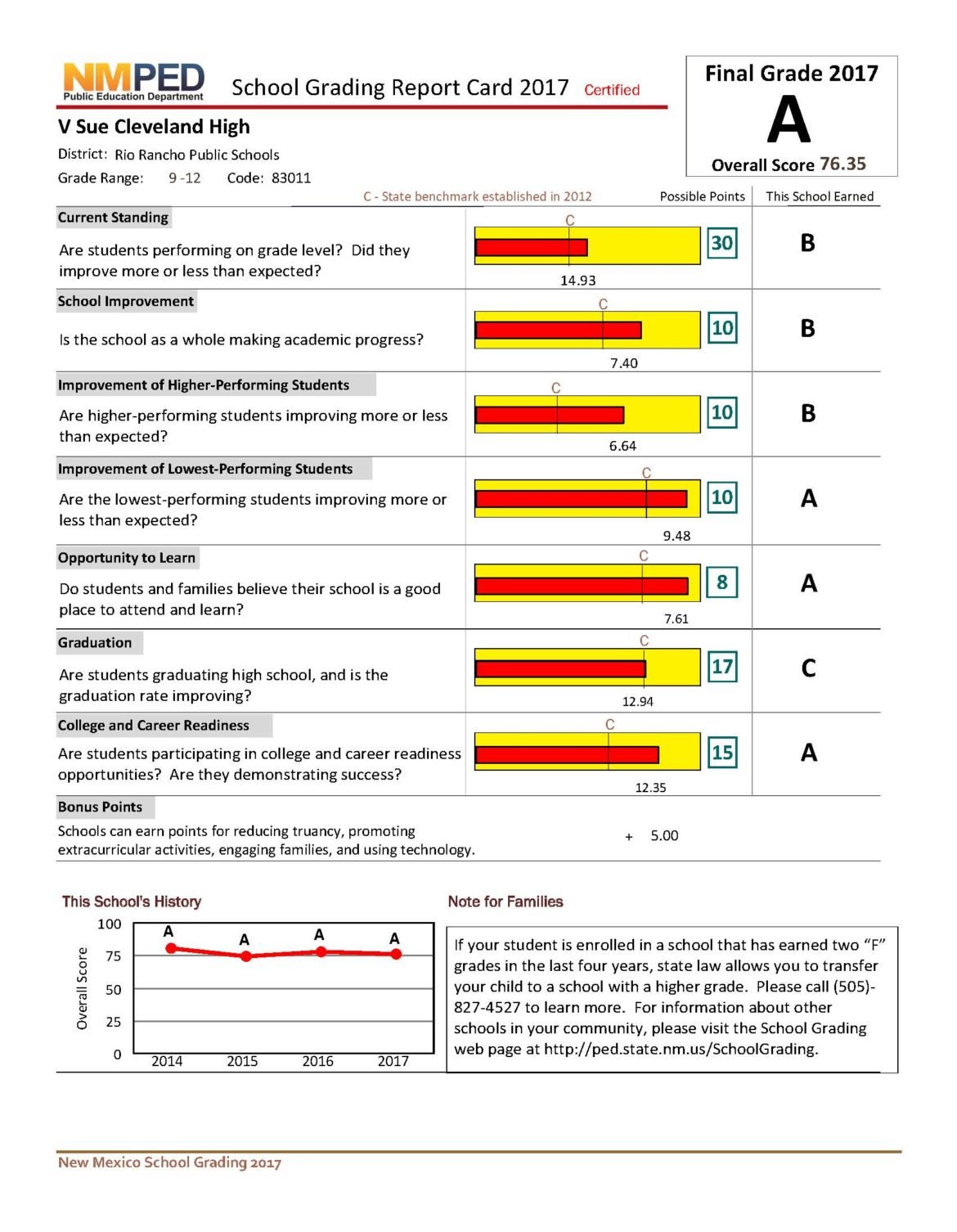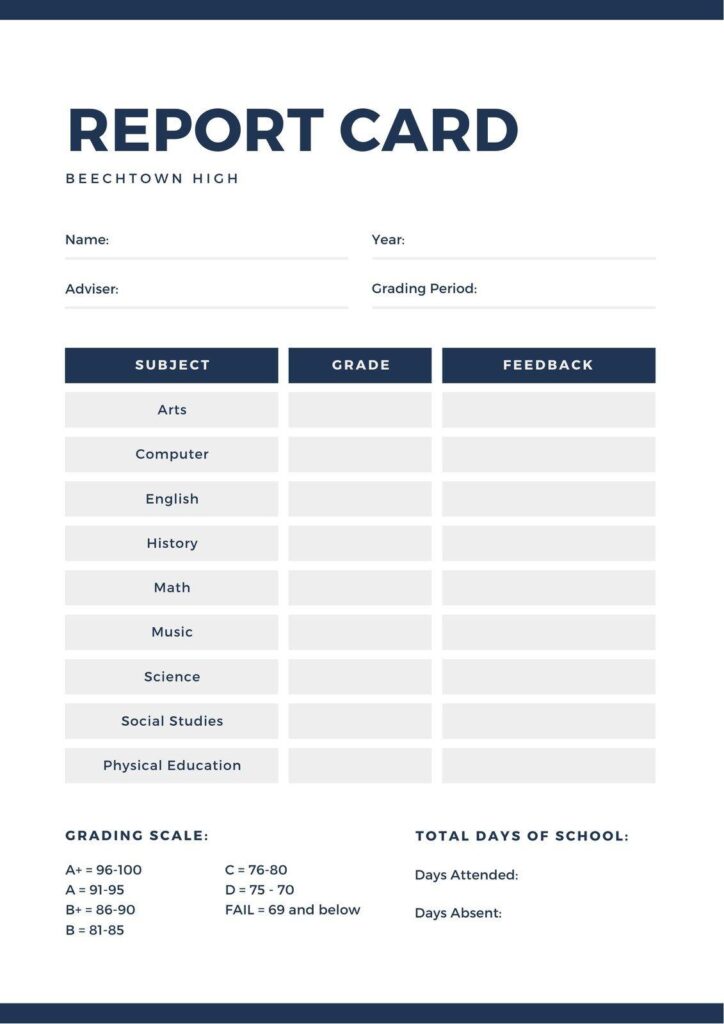In classrooms around the world, report cards have long stood as the quintessential symbol of academic progress-a neat summary of grades neatly boxed and delivered at the end of each term. Yet, as education evolves in the digital age, questions arise: Are these traditional snapshots still meaningful, or are they relics of a bygone era? With the rise of continuous assessment, personalized learning, and real-time feedback, the humble report card faces growing scrutiny. This article explores whether report cards are becoming obsolete, examining the shifting landscape of student evaluation and what the future might hold for how we measure learning.
Table of Contents
- Rethinking Student Assessment in the Digital Age
- The Limitations of Traditional Report Cards in Modern Education
- Emerging Alternatives That Capture Holistic Student Growth
- Balancing Quantitative Grades with Qualitative Feedback
- Practical Steps for Schools Transitioning Away from Report Cards
- Frequently Asked Questions
- To Wrap It Up
Rethinking Student Assessment in the Digital Age
Traditional report cards have long served as the primary tool for summarizing a student’s academic performance. However, in an era dominated by digital innovation, this static snapshot feels increasingly insufficient. The rise of online platforms and real-time data tracking allows educators, students, and parents to engage with learning progress in a more dynamic and personalized way. These tools enable continuous feedback rather than a once-a-semester grade, fostering a growth mindset and encouraging ongoing improvement.
Digital assessment methods promote a more holistic view of student achievement by incorporating diverse metrics:
- Interactive quizzes with instant results
- Portfolio-based evaluations showcasing creativity and critical thinking
- Peer and self-assessments to develop reflective skills
- Analytics dashboards providing detailed insights into strengths and weaknesses
To illustrate the contrast between traditional and modern approaches, consider the following comparison:
| Aspect | Report Cards | Digital Assessments |
|---|---|---|
| Feedback Frequency | Periodic (quarterly/semester) | Continuous and real-time |
| Data Depth | Summative grades | Detailed analytics and qualitative insights |
| Student Engagement | Passive reception | Active participation and reflection |
| Customization | Standardized format | Personalized learning pathways |
As education continues to evolve, the question isn’t whether report cards will vanish entirely, but how they might adapt to coexist with these richer, technology-enabled assessment tools. Embracing a blended approach could empower learners to take ownership of their progress and equip educators with better means to support diverse learning needs.
The Limitations of Traditional Report Cards in Modern Education
Traditional report cards often offer a snapshot of a student’s performance through a limited set of grades and comments, but this approach fails to capture the full spectrum of learning. With education evolving to emphasize critical thinking, creativity, and emotional intelligence, a simple letter or number grade can no longer reflect the diverse skills students develop. These report cards often reduce complex learning experiences to a single metric, overlooking growth areas such as collaboration, resilience, and problem-solving.
Moreover, traditional report cards tend to promote a one-size-fits-all approach, which may not accommodate different learning styles or individual progress rates. Students who excel in non-traditional subjects or demonstrate potential in areas not typically assessed might find themselves undervalued. This can lead to frustration and a lack of motivation, as the grading system doesn’t fully acknowledge their unique talents or the effort they put in.
Some key limitations include:
- Overemphasis on rote memorization and test scores
- Insufficient feedback on soft skills and personal growth
- Lack of real-time progress tracking
- Difficulty in engaging parents and students in meaningful dialogue
To illustrate, consider the following comparison of traditional report card attributes versus modern assessment needs:
| Traditional Report Cards | Modern Education Needs |
|---|---|
| Summative grades after term completion | Continuous, formative feedback throughout learning |
| Focus on academic subjects only | Includes social-emotional skills and creativity |
| Standardized grading scales | Personalized assessment considering individual growth |
| Limited parent-teacher communication | Interactive platforms promoting ongoing dialogue |
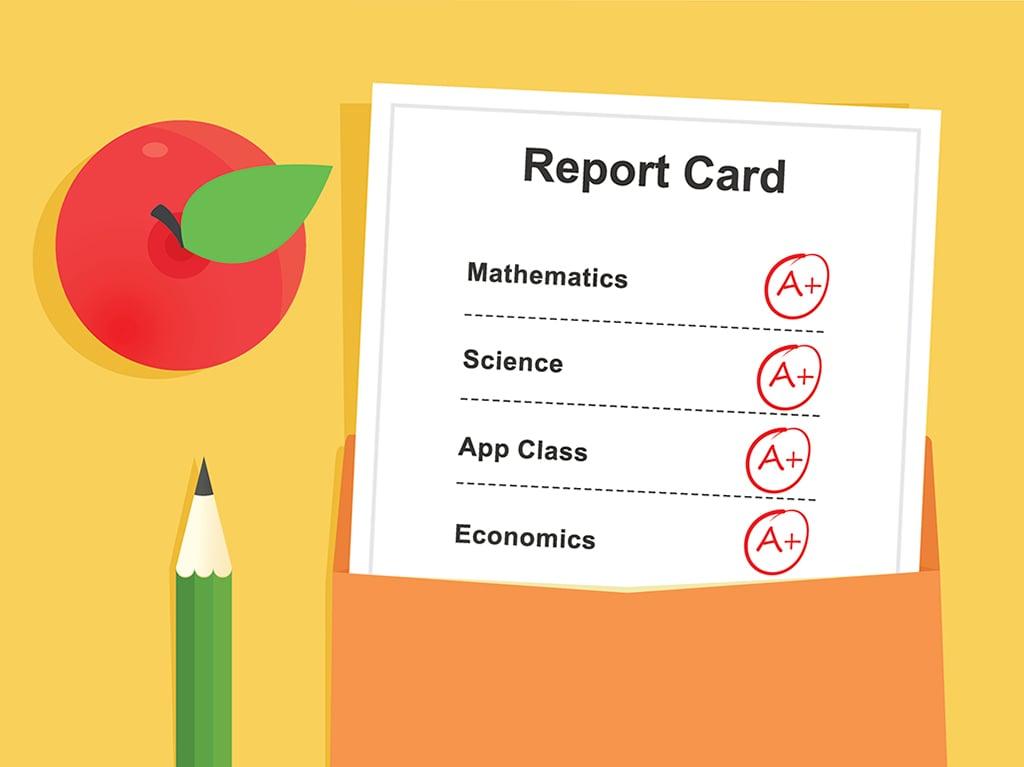
Emerging Alternatives That Capture Holistic Student Growth
Modern education is shifting towards recognizing the full spectrum of a student’s development, moving beyond mere academic scores. Schools and educators are increasingly adopting tools that assess emotional intelligence, creativity, social skills, and critical thinking. These alternatives provide a richer, more nuanced picture of student growth, acknowledging that success is not only about grades but also about personal and interpersonal development.
Digital portfolios, for example, have become powerful repositories where students can showcase projects, reflections, and achievements over time. Unlike traditional report cards, portfolios allow for an evolving narrative that highlights progress, setbacks, and resilience. This dynamic approach encourages students to take ownership of their learning journey and fosters a growth mindset.
In addition, competency-based assessments are gaining traction. These focus on mastery of specific skills rather than time spent in class or percentage scores. Students progress by demonstrating understanding and application, which can be more motivating and relevant in real-world contexts. This method supports personalized learning paths and helps educators tailor instruction to individual needs.
- Peer and self-assessments: Encourages reflection and self-awareness.
- Social-emotional learning metrics: Tracks empathy, collaboration, and resilience.
- Project-based evaluations: Measures problem-solving and creativity in authentic tasks.
| Alternative Tool | Focus Area | Benefit |
|---|---|---|
| Digital Portfolios | Comprehensive achievements | Showcases growth over time |
| Competency-Based Learning | Skill mastery | Personalized progression |
| Self and Peer Reviews | Reflection & collaboration | Builds self-awareness |
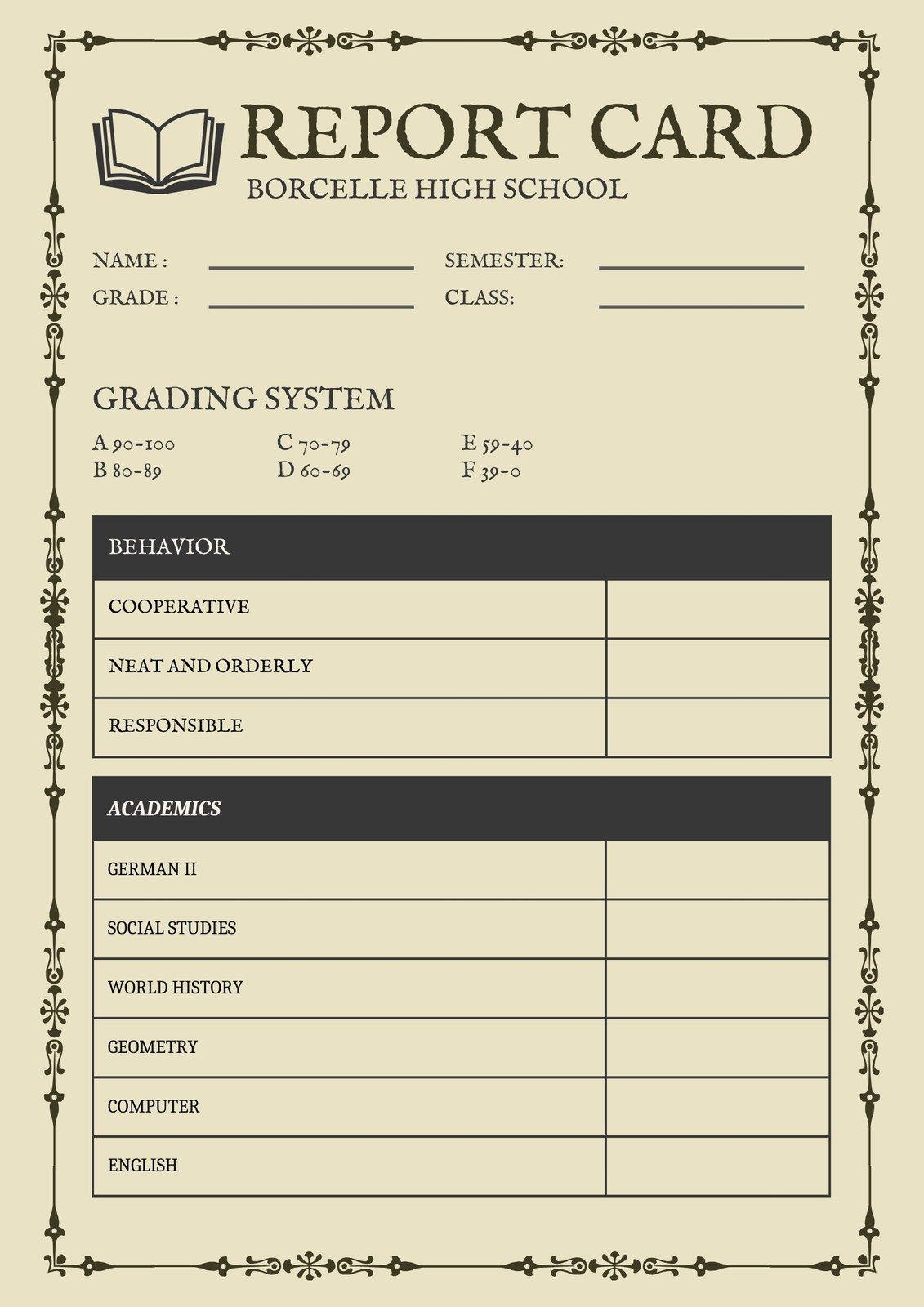
Balancing Quantitative Grades with Qualitative Feedback
In the evolving landscape of education, a simple number or letter grade no longer suffices to capture a student’s true progress. While quantitative grades provide a quick snapshot of achievement, they often omit the nuances of learning, such as creativity, critical thinking, and effort. To truly understand a learner’s journey, educators are increasingly integrating qualitative feedback that offers context and depth beyond the traditional report card metrics.
Qualitative feedback can take many forms:
- Detailed teacher comments highlighting strengths and areas for growth
- Student reflections on their own learning experiences
- Peer reviews encouraging collaborative improvement
- Portfolios showcasing a range of student work over time
This blend of quantitative and qualitative data helps foster a growth mindset by emphasizing progress and effort rather than just final outcomes. It also personalizes learning, making students active participants in their development rather than passive recipients of scores.
| Assessment Type | Focus | Benefit |
|---|---|---|
| Quantitative | Scores, percentages, ranks | Easy to compare & track |
| Qualitative | Descriptive feedback, narratives | Encourages deeper understanding |
| Combined | Balanced evaluation | Supports holistic growth |
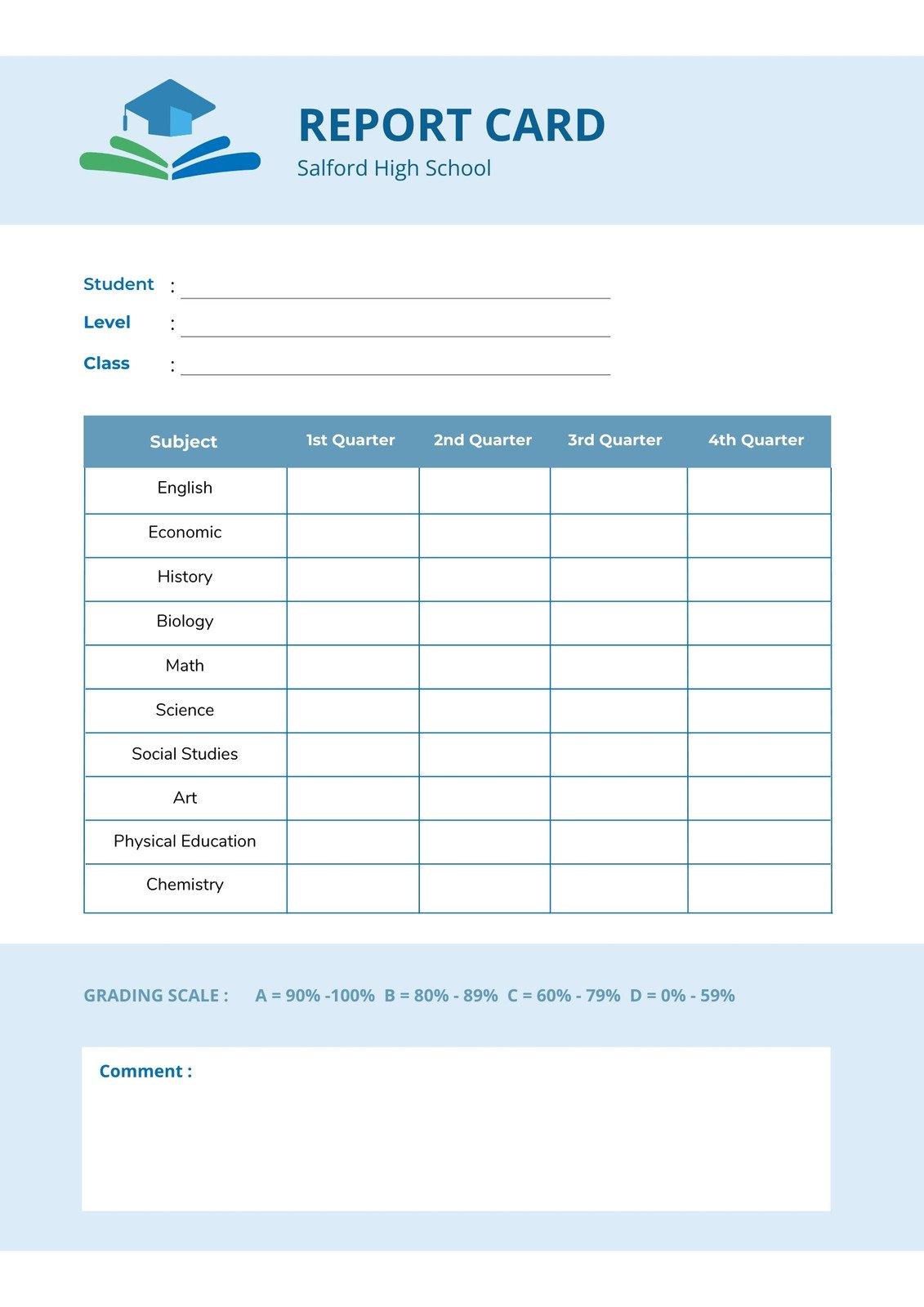
Practical Steps for Schools Transitioning Away from Report Cards
Transitioning from traditional report cards to more dynamic student assessment methods requires thoughtful planning and collaboration. Schools should begin by engaging educators, students, and parents in conversations about the goals and benefits of alternative feedback systems. This inclusive approach fosters buy-in and helps tailor new practices to the community’s unique needs.
Next, investing in professional development is crucial. Teachers need support to master new tools such as digital portfolios, narrative reports, or competency-based frameworks. Workshops and ongoing training sessions can empower staff to effectively communicate student progress beyond mere letter grades.
Practical implementation can be streamlined by introducing pilot programs in select classrooms or grade levels. This phased approach allows for real-time feedback and adjustments before a full-scale rollout. Schools should also establish clear timelines and benchmarks to monitor the transition’s impact on student engagement and learning outcomes.
- Develop clear rubrics for qualitative assessments.
- Leverage technology to create interactive progress reports.
- Encourage reflective student self-assessments.
- Host regular feedback sessions involving all stakeholders.
| Step | Action | Expected Outcome |
|---|---|---|
| 1 | Community Engagement | Shared vision and support |
| 2 | Teacher Training | Confident use of new assessment tools |
| 3 | Pilot Implementation | Data-driven refinement |
| 4 | Full Transition | Enhanced student learning experience |
Frequently Asked Questions
Q&A: Are Report Cards Becoming Obsolete?
Q1: What is the traditional role of report cards in education?
A1: Report cards have long served as a formal summary of a student’s academic performance, providing grades and sometimes teacher comments. They act as a communication tool between schools, students, and parents, offering a snapshot of progress and areas needing improvement.
Q2: Why are some educators and parents questioning the relevance of report cards today?
A2: Critics argue that report cards often reduce a student’s learning experience to a single letter or number, which may not fully capture skills like creativity, critical thinking, or collaboration. As education evolves to emphasize holistic development, many feel report cards don’t reflect the full picture.
Q3: What alternatives to traditional report cards are emerging?
A3: Alternatives include portfolio assessments, narrative reports, digital dashboards, and competency-based evaluations. These methods aim to provide richer, more personalized feedback and track growth over time rather than focusing solely on end-of-term grades.
Q4: How do technology advancements influence the future of student assessments?
A4: Technology enables real-time data collection and personalized learning analytics, making it possible to continuously monitor progress and tailor feedback. This shift could reduce reliance on periodic report cards in favor of ongoing, dynamic communication between teachers, students, and parents.
Q5: Are report cards completely disappearing from schools?
A5: Not entirely-many schools still use report cards as a standardized way to report grades. However, their role is evolving. Some institutions blend traditional grading with more comprehensive feedback systems, aiming for a balanced approach that respects both familiarity and innovation.
Q6: What are the potential benefits of moving away from traditional report cards?
A6: Moving beyond report cards could foster a more nuanced understanding of a student’s abilities, encourage growth mindsets, and reduce stress related to grades. It may also promote skills that are harder to quantify but essential for success in the modern world.
Q7: Could there be drawbacks to abandoning report cards altogether?
A7: Yes, challenges include ensuring consistency and fairness in assessments, maintaining clear communication with parents, and meeting administrative or policy requirements. Report cards offer a standardized format that is widely recognized, which alternatives must carefully match or improve upon.
Q8: What might the future hold for student evaluation?
A8: The future likely involves a hybrid approach-combining the clarity of grades with the depth of qualitative feedback, supported by technology. This blend aims to create a more comprehensive, student-centered system that values both achievement and growth.
To Wrap It Up
As the educational landscape continues to evolve, the traditional report card stands at a crossroads-caught between time-honored practices and innovative approaches to student assessment. Whether these colorful sheets of letter grades will fade into history or transform into more dynamic reflections of learning remains an open question. What is clear, however, is that the way we measure and communicate student progress must keep pace with the changing needs of learners, educators, and society. In the end, the future of report cards may be less about obsolescence and more about adaptation-shaping new narratives that better capture the full spectrum of a student’s journey.